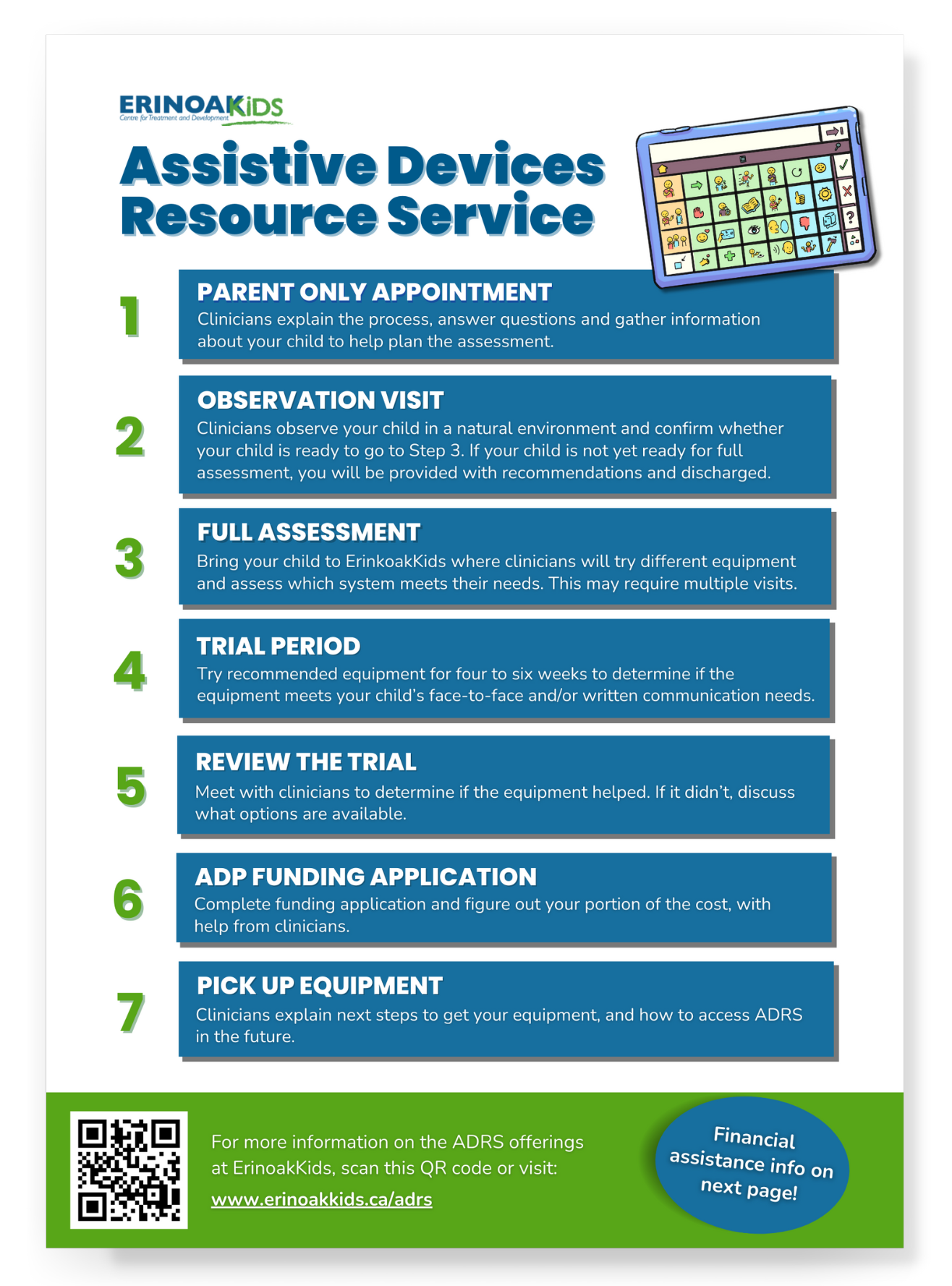A face-to-face communication system is for individuals who struggle to communicate verbally. They may be non-verbal or they may be verbal, but their speech is very difficult for communication partners to understand, and so they need an augmentative alternative communication (AAC) system to help them communicate with others in face-to-face situations.
Referral Criteria for Face-to-Face:
- Little to no speech or speech that is very difficult to understand
- Communicate intentionally
- Use a minimum of 20 different symbols (e.g. picture symbols, consistent gestures, signs and/or words/word approximations) to communicate in more than one environment



_1.png)